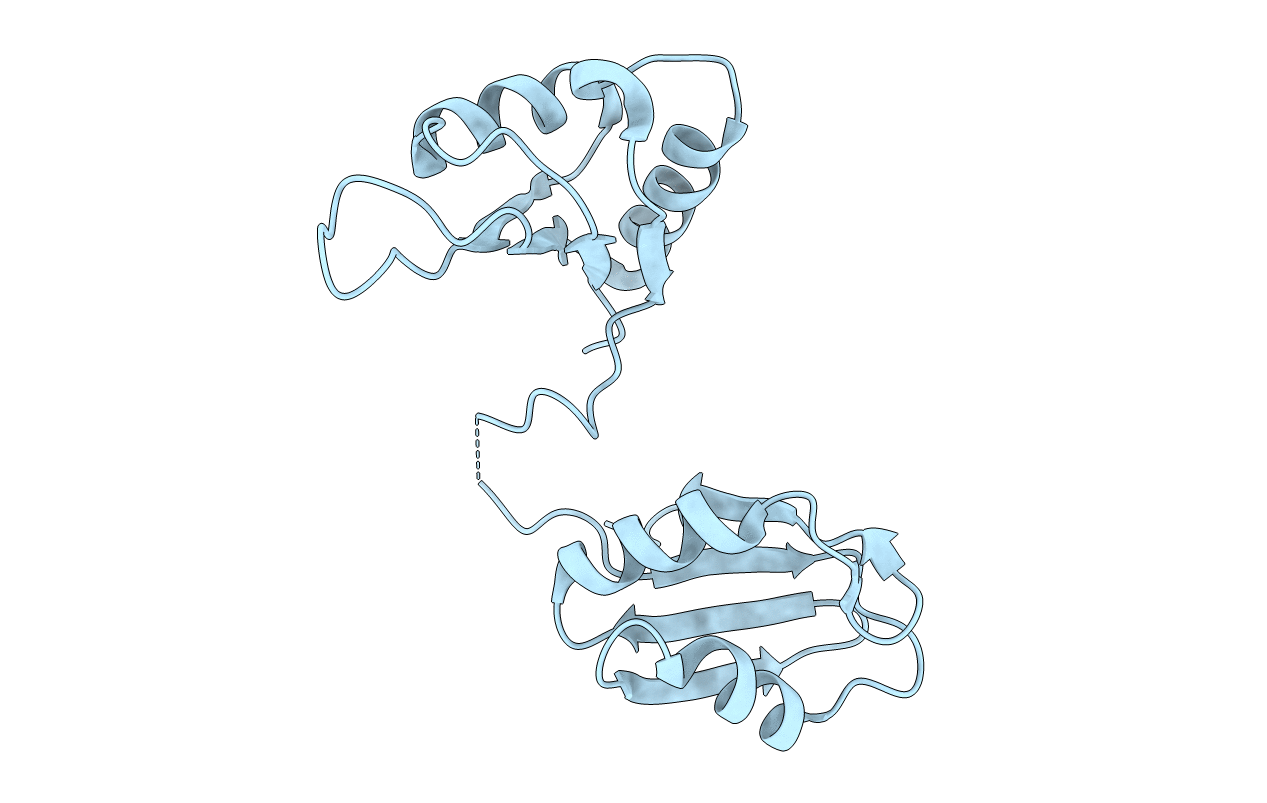
Deposition Date
2019-08-12
Release Date
2020-01-22
Last Version Date
2023-11-22
Method Details:
Experimental Method:
Resolution:
2.60 Å
R-Value Free:
0.24
R-Value Work:
0.18
R-Value Observed:
0.18
Space Group:
H 3


